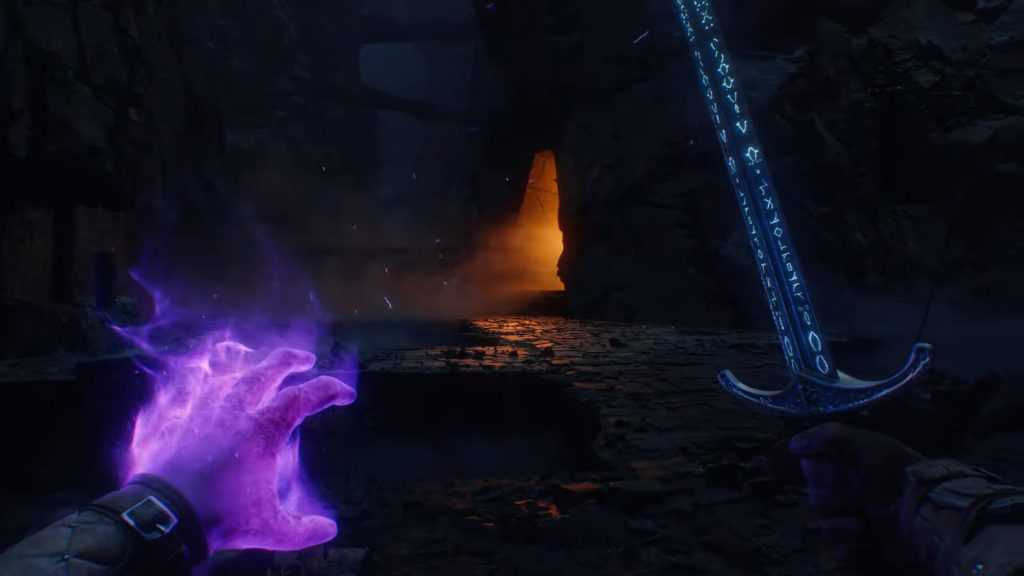Yesterday Microsoft confirmed everything we expect with more information about Xbox Series X Hardware: It's going to be a real beast in terms of power. A few m onths ago, talking about 12 Teraflops was a bit tricky, but here we are at the end of February 2020, when Microsoft talks about launching a GPU-based console, which is not yet available on AMD PCs as the RDNA 2 chips have yet to appear for compatibility.
The last thing we have from AMD is the Radeon RX 5700 XT, a Navi 10 GPU with rDNA 1 that doesn't offer Ray Tracing cores and what's more curious, it doesn't come in 10 teraflops. If anyone doubts this card, it has great potential, so we have yet to get an idea of how the Xbox Series X can be compared to this. But the funny thing is coming to this article PC Gamer
For the Xbox Series X, 12 teraflops are rated at FP32
Of course, on paper, it's only the RTX 2080 Ti, with 13.45 Tflops and AMD, technologically ahead of Navi, but with a more powerful Radeon RX Vega 64 with 12.66 Tflops, the Xbox Series X. So, quite accurately, the One below soon is the GeForce RTX 2080 Super, with 11.15 Tflops.
It is important to note that this comparison is "on paper", that is, its thinking ability in FP32, as in those days the metric is collected. We have seen on other occasions that some connected objects can produce a final, positive and negative function. If the Xbox One, with only 1.31 Tflops is capable of showing wonders like the Ryse, Shadow of the Tomb Raider or the first Holblade, what would the Xbox Series X with 12 Teraflops be capable of?







